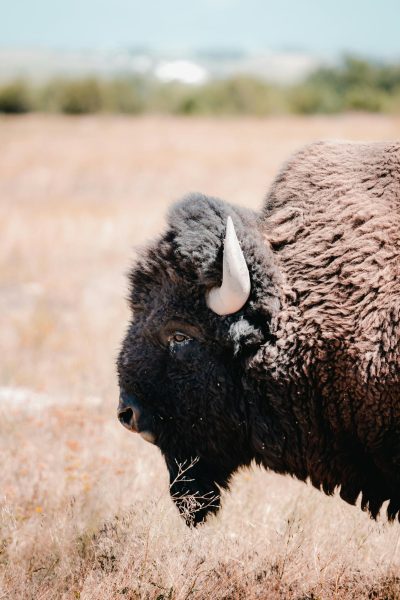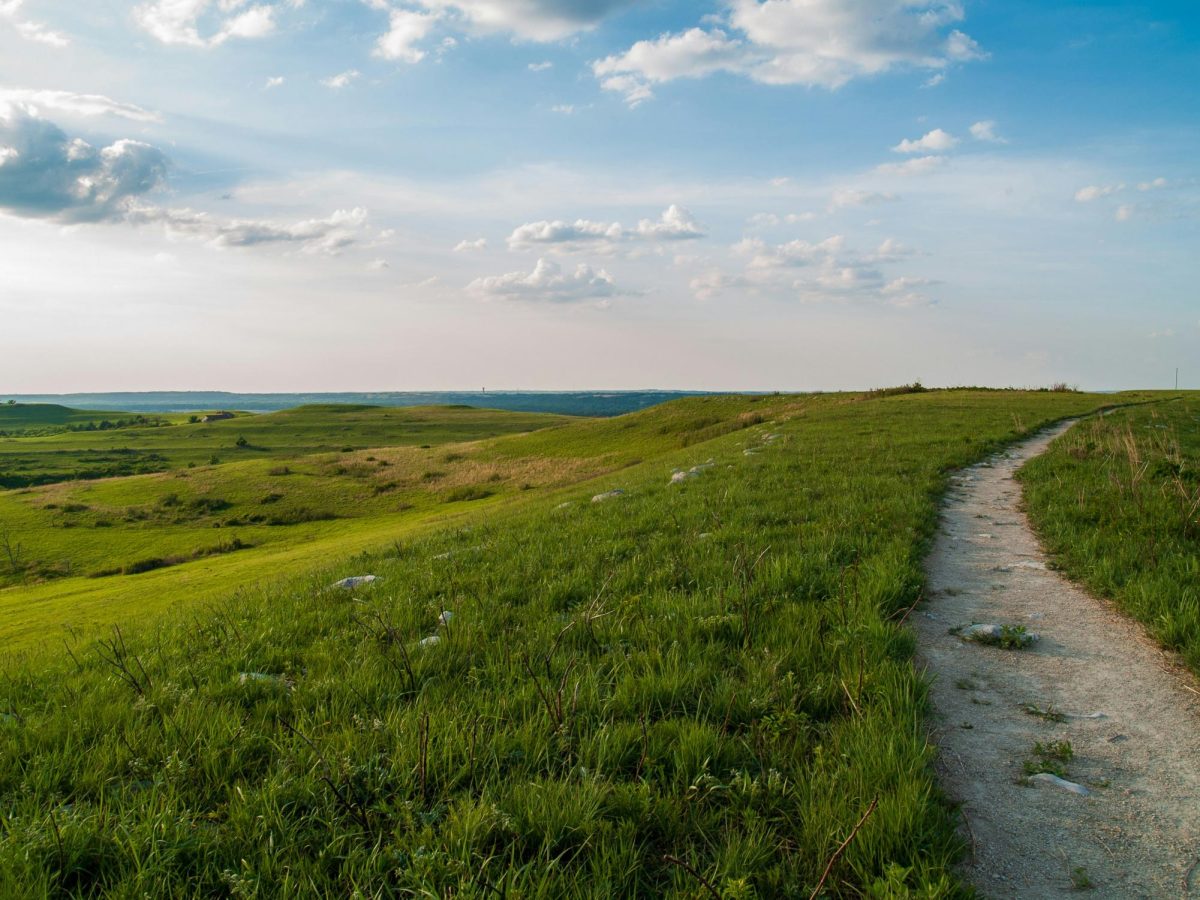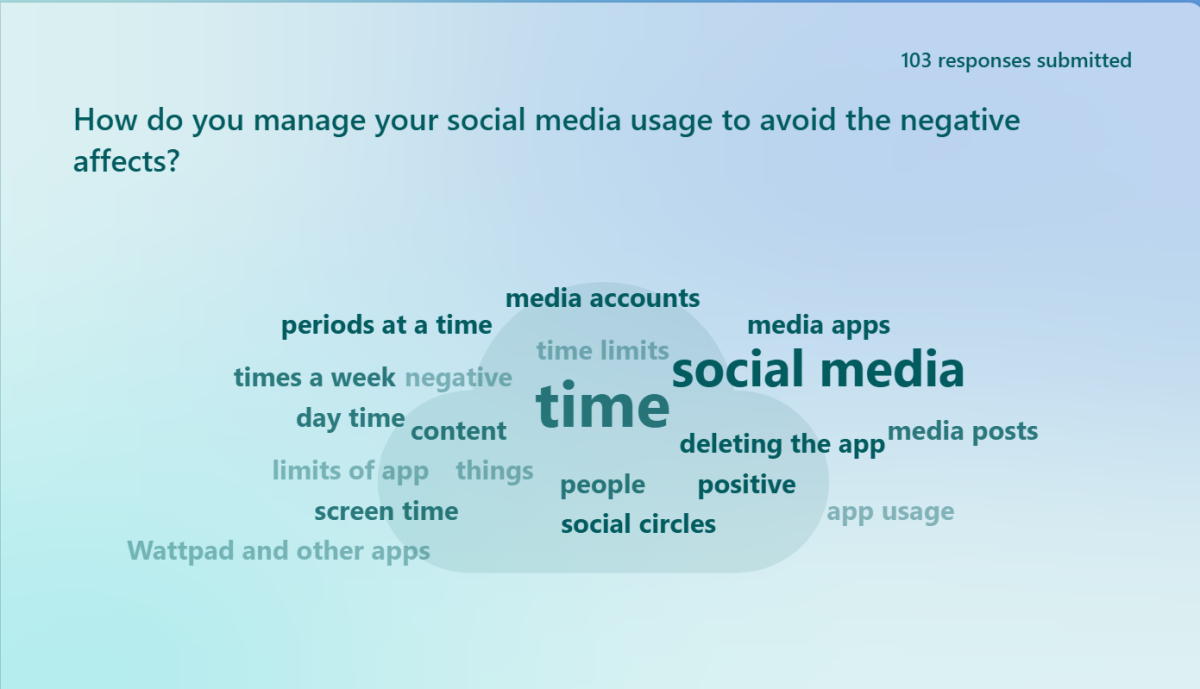Although Minnesota is widely referred to as the land of 10,000 lakes, it was also once home to an impressive 18 million acre span of rolling, vibrant waves of prairie. Today, the Minnesota Department of Natural Resources reports that those 18 million acres—recorded in the Public Land Survey of 1847-1908—have been reduced to only just over 1% of that original number. The destruction of prairie land in Minnesota is primarily due to farming, but is also because of factors such as the introduction of invasive species and gravel mining, as mentioned by The Environmental Indicators Initiative.
This devastating endangerment of prairie land poses the risk of extinction to the many species of plants and animals that make up the ecosystem itself. Some plants, such as the pasque flower and porcupine grass, are seldom seen outside of prairies, says the DNR, as are animals like the federally endangered Dakota skipper and the prairie skink. As the expanses of prairie land dwindle away, these species are left with smaller and smaller spaces in which to survive.

Sadly, the bison that once roamed the Minnesota prairies are a species that have not survived; they haven’t been seen in the wild since 1880, the Minnesota Zoo reports. The DNR notes that bison are now classified as “extirpated” in Minnesota since they are no longer found in any of the states’ natural habitats. It is explained that their extirpation was brought about by deliberate efforts to eliminate the species, a perfect example of the negative impact humans have had on these lands.
While it is obvious that prairie ecosystems are important, it is not instantly obvious just how important these ecosystems are. Prairies are excellent at storing carbon and have the ability to store carbon long term, even for hundreds of years, the Minnesota Land Trust states. This is an important function, especially as climate change becomes an increasingly alarming issue. The deep, extensive roots of the plants growing in the ecosystem also help prevent flooding and erosion, says the Clean Lakes Alliance, since they absorb water and hold soil in place. These are just a few of the essential roles the Minnesota prairies play in the health of the states’ land.
Although there is much work to be done, all hope is not lost for these beautiful grasslands. Many are working to restore and protect prairie land in Minnesota. The Minnesota Land Trust, for instance, helps to protect prairie land (as well as other types of ecosystems) through a legal agreement with property owners called a conservation easement, and the Belwin Conservancy protects and restores prairies through methods like prescribed burning and seeding. Belwin also partners with schools to provide environmental education to children.
Recognizing and being informed on the dangers the prairies in the state face is the first step in preserving and reviving these ecosystems in Minnesota that too often go unappreciated. Efforts to offer education on prairies and other lands can equip Minnesotans with the knowledge needed to help protect and love these ecosystems. These opportunities help ensure that future generations will be able to appreciate the same breathtaking waves of creature-filled grasses and flowers that Minnesotans can appreciate today.
What you can do!
Visit a prairie:
The Minnesota Landscape Arboretum and the Northern Tallgrass Prairie National Wildlife Refuge are just two of the prairies you can visit in the state. The Minnesota Department of Natural Resources has an interactive map to find more.
Volunteer:
Both Belwin and Minnesota Land Trust have volunteer opportunities.
Learn about prairies:
Minnesota Landscape Arboretum offers many learning opportunities such as classes, field trips, and tours.
The Nature Conservancy is holding multiple virtual learning sessions until May of 2025.









